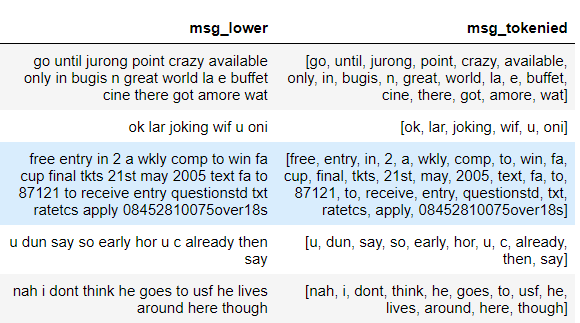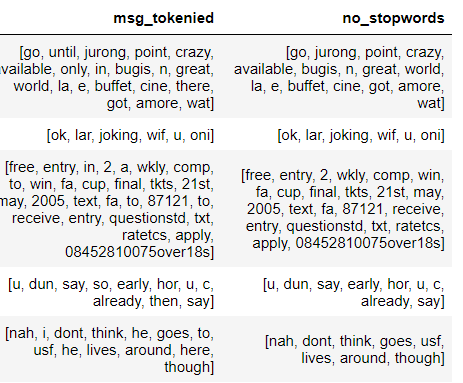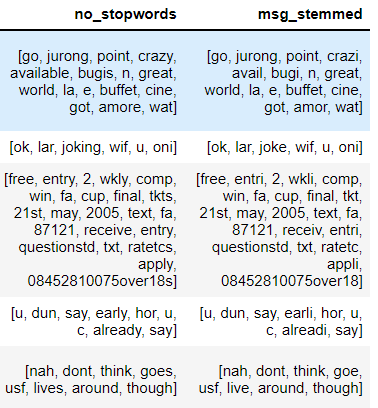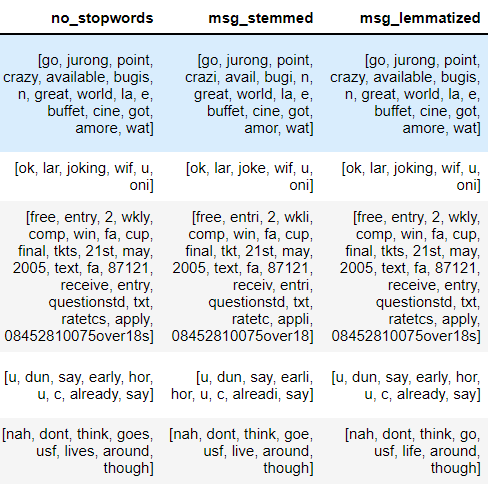Text preprocessing is an essential step in natural language processing (NLP) that involves cleaning and transforming unstructured text data to prepare it for analysis. It includes tokenization, stemming, lemmatization, stop-word removal, and part-of-speech tagging. In this article, we will introduce the basics of text preprocessing and provide Python code examples to illustrate how to implement these tasks using the NLTK library. By the end of the article, readers will better understand how to prepare text data for NLP tasks.
This article was published as a part of the Data Science Blogathon
Table of contents
What is Text Preprocessing in NLP?
Natural Language Processing (NLP) is a branch of Data Science which deals with Text data. Apart from numerical data, Text data is available to a great extent which is used to analyze and solve business problems. But before using the data for analysis or prediction, processing the data is important.
To prepare the text data for the model building we perform text preprocessing. It is the very first step of NLP projects. Some of the preprocessing steps are:
- Removing punctuations like . , ! $( ) * % @
- Removing URLs
- Removing Stop words
- Lower casing
- Tokenization
- Stemming
- Lemmatization
SMS Spam Data for Text Preprocessing
We need to use the required steps based on our dataset. In this article, we will use SMS Spam data to understand the steps involved in Text Preprocessing in NLP.
Let’s start by importing the pandas library and reading the data.

#expanding the dispay of text sms column
pd.set_option('display.max_colwidth', -1)
#using only v1 and v2 column
data= data [['v1','v2']]
data.head()

The data has 5572 rows and 2 columns. You can check the shape of data using data.shape function. Let’s check the dependent variable distribution between spam and ham.
#checking the count of the dependent variable data['v1'].value_counts()

Steps to Clean the Data
Punctuation Removal
In this step, all the punctuations from the text are removed. string library of Python contains some pre-defined list of punctuations such as ‘!”#$%&'()*+,-./:;?@[\]^_`{|}~’
#library that contains punctuation import string string.punctuation
#defining the function to remove punctuation
def remove_punctuation(text):
punctuationfree="".join([i for i in text if i not in string.punctuation])
return punctuationfree
#storing the puntuation free text
data['clean_msg']= data['v2'].apply(lambda x:remove_punctuation(x))
data.head()

We can see in the above output, all the punctuations are removed from v2 and stored in the clean_msg column.
Lowering the Text
It is one of the most common text preprocessing Python steps where the text is converted into the same case preferably lower case. But it is not necessary to do this step every time you are working on an NLP problem as for some problems lower casing can lead to loss of information.
For example, if in any project we are dealing with the emotions of a person, then the words written in upper cases can be a sign of frustration or excitement.
data['msg_lower']= data['clean_msg'].apply(lambda x: x.lower())
Output: All the text of clean_msg column are converted into lower case and stored in msg_lower column

Tokenization
In this step, the text is split into smaller units. We can use either sentence tokenization or word tokenization based on our problem statement.
#defining function for tokenization
import re
def tokenization(text):
tokens = re.split('W+',text)
return tokens
#applying function to the column
data['msg_tokenied']= data['msg_lower'].apply(lambda x: tokenization(x))
Output: Sentences are tokenized into words.

Stop Word Removal
Stopwords are the commonly used words and are removed from the text as they do not add any value to the analysis. These words carry less or no meaning.
NLTK library consists of a list of words that are considered stopwords for the English language. Some of them are : [i, me, my, myself, we, our, ours, ourselves, you, you’re, you’ve, you’ll, you’d, your, yours, yourself, yourselves, he, most, other, some, such, no, nor, not, only, own, same, so, then, too, very, s, t, can, will, just, don, don’t, should, should’ve, now, d, ll, m, o, re, ve, y, ain, aren’t, could, couldn’t, didn’t, didn’t]
But it is not necessary to use the provided list as stopwords as they should be chosen wisely based on the project. For example, ‘How’ can be a stop word for a model but can be important for some other problem where we are working on the queries of the customers. We can create a customized list of stop words for different problems.
#importing nlp library
import nltk
#Stop words present in the library
stopwords = nltk.corpus.stopwords.words('english')
stopwords[0:10]
['i', 'me', 'my', 'myself', 'we', 'our', 'ours', 'ourselves', 'you', "you're"]
#defining the function to remove stopwords from tokenized text
def remove_stopwords(text):
output= [i for i in text if i not in stopwords]
return output
#applying the function data['no_stopwords']= data['msg_tokenied'].apply(lambda x:remove_stopwords(x))
Output: Stop words that are present in the nltk library such as in, until, to, I, here are removed from the tokenized text and the rest are stored in the no_stopwords column.

Stemming
It is also known as the text standardization step where the words are stemmed or diminished to their root/base form. For example, words like ‘programmer’, ‘programming, ‘program’ will be stemmed to ‘program’.
But the disadvantage of stemming is that it stems the words such that its root form loses the meaning or it is not diminished to a proper English word. We will see this in the steps done below.
#importing the Stemming function from nltk library from nltk.stem.porter import PorterStemmer #defining the object for stemming porter_stemmer = PorterStemmer()
#defining a function for stemming
def stemming(text):
stem_text = [porter_stemmer.stem(word) for word in text]
return stem_text
data['msg_stemmed']=data['no_sw_msg'].apply(lambda x: stemming(x))
Output: In the below image, we can see how some words are stemmed to their base.
crazy-> crazi
available-> avail
entry-> entri
early-> earli

Now let’s see how Lemmatization is different from Stemming.
Lemmatization
It stems the word but makes sure that it does not lose its meaning. Lemmatization has a pre-defined dictionary that stores the context of words and checks the word in the dictionary while diminishing.
The difference between Stemming and Lemmatization can be understood with the example provided below.
| Original Word | After Stemming | After Lemmatization |
| goose | goos | goose |
| geese | gees | goose |
from nltk.stem import WordNetLemmatizer #defining the object for Lemmatization wordnet_lemmatizer = WordNetLemmatizer()
#defining the function for lemmatization
def lemmatizer(text):
lemm_text = [wordnet_lemmatizer.lemmatize(word) for word in text]
return lemm_text
data['msg_lemmatized']=data['no_stopwords'].apply(lambda x:lemmatizer(x))
Output: The difference between Stemming and Lemmatization can be seen in the below output.
In the first row- crazy has been changed to crazi which has no meaning but for lemmatization, it remained the same i.e crazy
In the last row- goes has changed to goe while stemming but for lemmatization, it has converted into go which is meaningful.

After all the text processing steps are performed, the final acquired data is converted into the numeric form using Bag of words or TF-IDF.
Endnotes
Apart from the steps shown in this article, many other steps are a part of preprocessing. Some of them are URL removal, HTML tags removal, Rare words removal, Frequent words removal, Spelling checking, and many more. The steps must be chosen based on the dataset you are working on and what is necessary for the project.
The media shown in this article are not owned by Analytics Vidhya and are used at the Author’s discretion.




